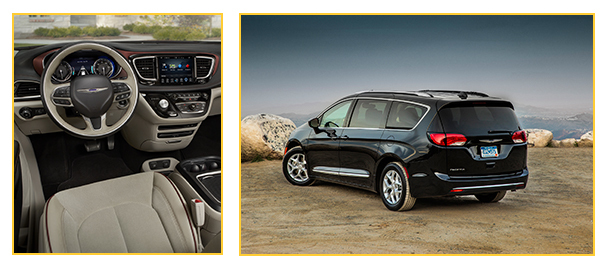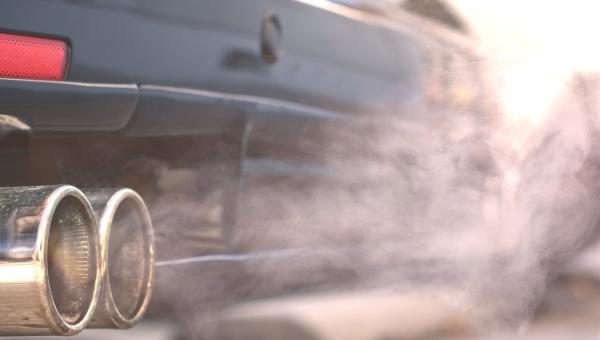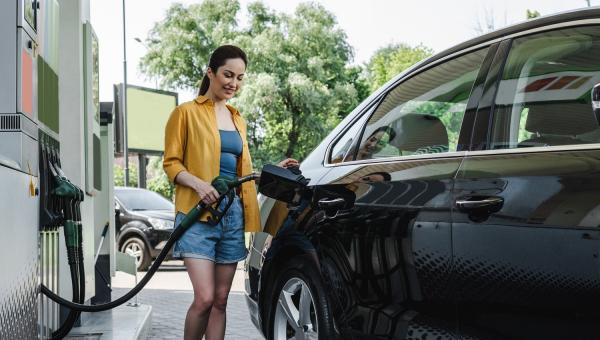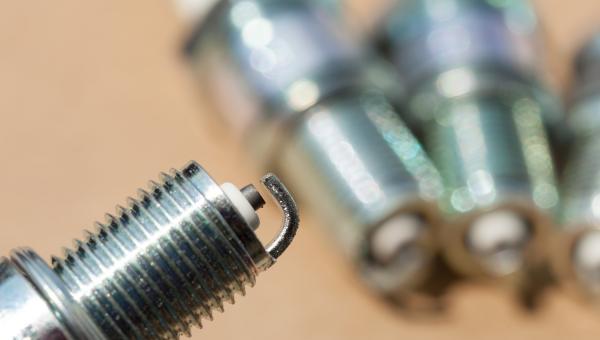Test Drive Notes Library
-
 Pros
Pros
- The minivan rules. There really is nothing as versatile as a minivan. Americans have embraced the three-row SUV as a less emasculating alternative, but it really can’t compete with the minivan in sheer versatility. The sliding doors, with their huge openings, make getting in and out easy — whether you’re a geezer with bad knees, or a sleep-deprived parent with a car seat in one hand and a drooly whiner in the other. The third row is actually comfortable (OK, comfortable enough) for adults. And, unlike a three-row SUV, getting to the third row is not a contortionists exercise—particularly in our Pacifica Limited model, which had two captain’s chairs in the second row. You just walk between them to get to the back. For flexibility and ease of use, nothing beats a minivan.
- Stow n’ Go seats. Chrysler vans have long featured this easy-to-use, innovative seating system, where the second row of seats drops completely into the floor. And it does so easily. Other vans require you to remove seats, and store them where? At Costco, where you’ll come back for them later? The seating makes it easy to configure the van quickly, for passengers, cargo, or a combination of the two.
- Interior. We drove the top of the line “Limited” version, and the difference inside the van, compared to the old Town and Country, is night and day. There are quality materials everywhere up front, versus the old hard plastic. There are lots of bins and storage cubbies. There are heated leather seats and a heated, leather-wrapped steering wheel. There’s a modern looking dashboard and console. The only downside is when little Eleanor dumps her oatmeal inside this van, and you don’t find the petrified remains until 10 weeks later and you might feel a little worse than when she barfed in your old Town and Country where everything was plastic.
- Exterior. OK, it’s still definitely a minivan, but Chrysler has improved the van’s appearance quite a bit. It’s probably the best looking minivan now. Yes, that’s like saying The Zune is Microsoft’s best music player. But it is a significant improvement.
- Handling. This is a large vehicle. But the handling is pretty good. It’s not sloppy. The van responds quickly to steering inputs and handles well at moderate speeds. The ride is pretty good, too. It absorbs road imperfections pretty well, with only an occasional slap from the rear suspension when going over bumps.
- The nine-speed transmission works. Chrysler has had a lot of complaints about this nine-speed transmission since it introduced it a few years ago, and this is the first Chrysler vehicle we’ve driven where it seems to work well. What you want from an automatic transmission is to not notice it. And we mostly didn’t notice this transmission. It had an occasional clunky downshift at lower speeds, but they seemed to have mostly fixed the programming. Durability is yet to be determined.
- Visibility. It’s not bad. There’s a large windshield, which offers a good view of the road ahead (though the shape of the front of the car prevents you from seeing exactly where the front is). Front side windows are large, and even the rear window is large and easy to see out of. It’s rare, these days, that you can turn around and see anything out a rear window. But you can in the Pacifica. The pillars are pretty large, both the front A pillars and the particularly the huge rear D pillars. The optional surround view camera available in higher-end model helps tremendously with parking.
- U-Connect. Chrysler’s infotainment system is pretty darned good. It’s clear and intuitive. The one ergonomic issue we had was with the controls for seat and steering wheel heat (I know, you’re weeping for us!). But we did test the Pacifica in the winter, and, dammit, we want our butts warmed! Instead of hard controls for these features, you have to select a sub-menu, which we found to be a pain in our chilly tuchuses. The controls do come up briefly, after you start the engine. But if you don’t respond quickly, that menu page disappears and you have to navigate back in to find them.
- Let us also not pass up the opportunity to praise Chrysler for two wonderful conveniences that it put on almost all of its vehicles. 1) Volume controls on the back side of the steering wheel. The rocker switch is exactly where your index and middle finger rest when you’re holding the steering wheel, making one of the most used controls available without having to take your eyes off the road. 2) A lit up USB connection. USB connections tend to be in out of the way places. And they’re small. So we fight with them, by braille, to fit our USB cables into them. Chrysler supplies USB plugs with its perimeter lit up, making it a breeze to plus things in. Bravo.
-
 Cons
Cons
- Safety systems optional. While the most highly recommended safety features are available (pre-collision warning, automatic emergency braking, lane departure warning), they’re optional, and only available on the higher end models. That $2,000 package also includes the extremely desirable Surround View camera system.
- Not so mini. If you’ve owned a minivan from the last decade or so, you know they’re no longer mini. This is a big vehicle, as big as a large SUV or an old, full-sized car. That makes it tricky to maneuver in small places, like parking garages, congested city streets and turns with curbstones. In the suburbs, you’ll probably do fine. But make no mistake, this is a large rig.
- Noise. Although it’s not noisy inside per se, and they’ve done a decent job with sound insulation, the noise of the engine cuts through to the driver and passenger. The 3.6-liter Chrysler V6 is a little bit harsh and gravely—particularly compared to Honda and Toyota’s engines--and the sound is omnipresent when you accelerate. It’s not terrible, but it is a persistent presence. We also noticed wind noise at highway speed, which, perhaps, is to be expected in a tall vehicle.
- Reliability Questions. Chrysler minivans have traditionally been at the bottom of the reliability rankings for their class. They’ve also had the tendency to develop lots of squeaks and rattles as they get older, suggesting that build quality had room for improvement. Will the new Pacifica be more reliable and more durable? How the hell should we know? We’ll find out when a bunch of these things get 150,000 miles on them, and you guys tell us. In the meantime, if you believe that past performance is the best predictor of future performance, you would have good reason to be wary, until proven otherwise. An extended warranty might be a wise hedge.
Test Drive Notes Library
Get the Car Talk Newsletter
 Pros
Pros Cons
Cons


